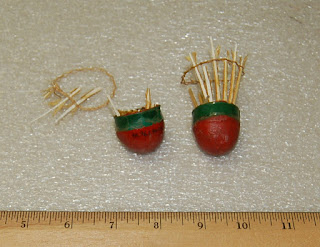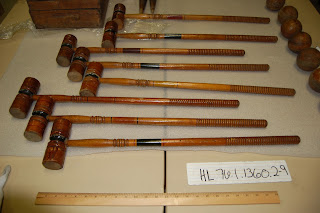Please note that PHMC's response to COVID-19 will evolve as circumstances change. For updates, follow PA Trails of History on Facebook, @PHMC on Twitter, or the Alerts page on the agency website.
PHMC Responds to COVID-19
The safety and well-being of our visitors, volunteers and staff is the Pennsylvania Historical & Museum Commission’s highest priority. We are closely monitoring the coronavirus (COVID-19) situation as it evolves in Pennsylvania and elsewhere.
We are taking the following steps, developed in conjunction with the Governor’s Office, Department of Health, and the Department of General Services.
The State Museum and the Pennsylvania State Archives
In an abundance of caution the PHMC is cancelling all group events, tours and rentals within our facilities in the Capitol Complex and at all of our historic sites and museums through the end of April. The
State Museum of Pennsylvania and the
Pennsylvania State Archives are closed to individual visitors and researchers until further notice.
Sites in Montgomery County
In accordance with Governor Wolf’s closure of schools and community centers in Montgomery County, we will close the following sites to all visitors until further notice: Graeme Park, The Highlands Mansion and Hope Lodge.
Sites and Museums Outside the Capitol Complex and Montgomery County
Individual visitation will continue to be allowed at PHMC facilities outside the Capitol Complex and Montgomery County, however all group events, tours and facility rentals are cancelled through the end of April.
UPDATE 3/13/2020
Today, due to the COVID-19 pandemic, Governor Wolf announced the closure of all K-12 Pennsylvania schools, effective Monday, March 16. This closure will extend for 10 business days.
In our efforts to protect all Pennsylvanians, including our youngest, the Pennsylvania Historical & Museum Commission will mirror this strategy by closing all PHMC historic sites and museums to all visitors across the commonwealth, regardless of location,
effective Saturday, March 14, [correction] Brandywine Battlefield Park is closed today, March 14, and remaining sites on the Trails of History will be closed starting tomorrow, March 15. The closures will extend through the end of March.
Staff will report to work but they will not be welcoming visitors.
UPDATE 3/17/2020: as of today, all Trails of History sites are closed. Staff at sites and in PHMC offices who are able to are teleworking through the end of March. Site personnel will be doing daily checks on facilities and, where applicable, tending to animals and plants during the closure. We will keep you posted.
UPDATE 3/26/2020: we received word today that PHMC facilities and offices will remain closed to the public through Friday, April 3.
Staff Meetings and Events
The Governor’s Office has issued a memo limiting agencies’ hosting of and employees’ attendance at large meetings, conferences, trainings and community events. In line with that directive we are limiting in-person meetings within PHMC facilities to 10 people or fewer through the end of April and encouraging staff to collaborate with outside colleagues virtually if possible.
PHMC we will be monitoring this situation in conjunction with the Governor’s Office, Department of Health, and Department of General Services.
Beyond these measures, work will continue at PHMC as usual.










